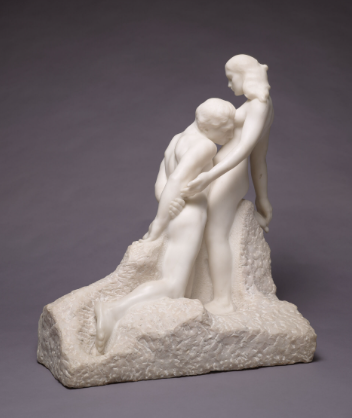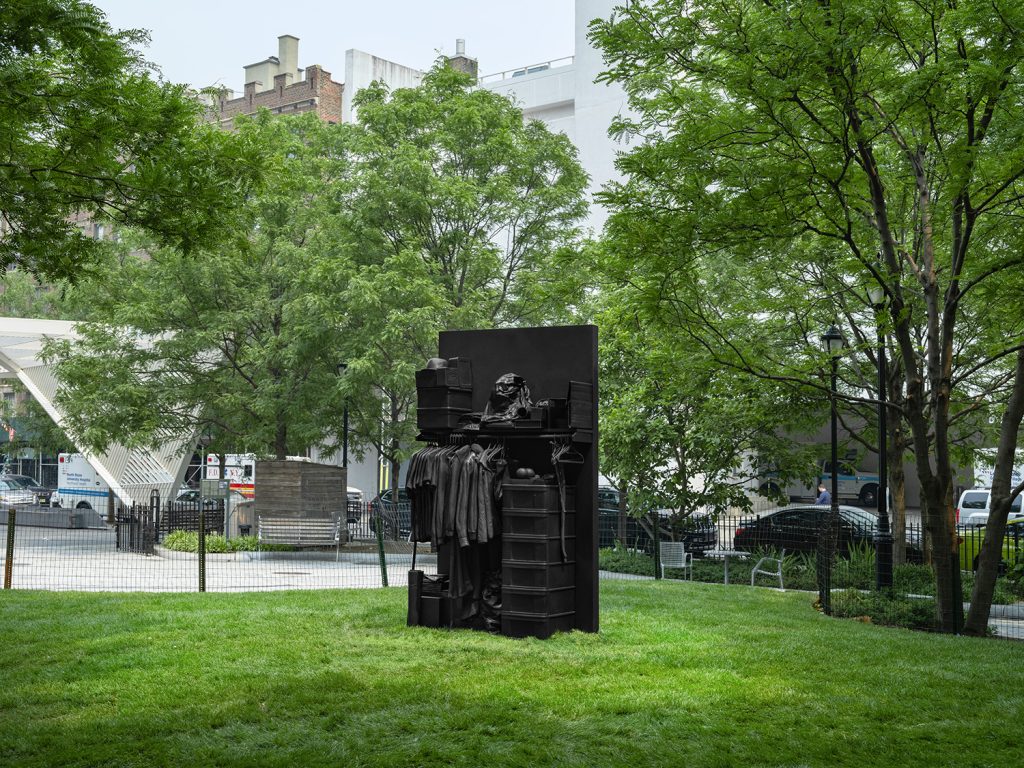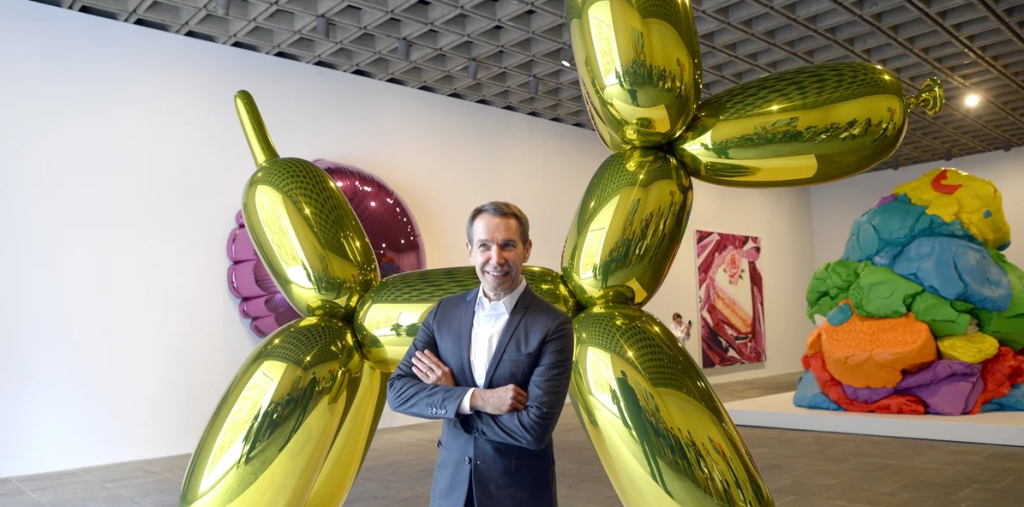Rodin’s Eternal Idol: A Timeless Reflection on Love and Desire
Auguste Rodin’s sculpture “Eternal Idol” stands as a powerful testament to human emotion, particularly the complexities of love and desire. Created in the late 19th century, this piece remains a focal point for art lovers and scholars alike, inviting deep contemplation of the relationships that shape our lives. Here, we explore the artistic inspiration behind the work, its intricate details, and its lasting impact on art and culture.
The Artistic Vision Behind Eternal Idol
Rodin was a master of conveying emotion through form, and “Eternal Idol” is no exception. Inspired by the theme of passionate love, Rodin sought to capture the fleeting yet intense bond between two figures. The sculpture portrays a couple locked in an intimate embrace, with one figure cradling the other’s head, symbolizing protection and deep connection. The way Rodin manipulates light and shadow enhances the emotional undertones, creating a play of soft curves that evoke tenderness and longing. This masterful representation of affection invites viewers to reflect on their own experiences of love.
The Symbolism of the Embrace
In “Eternal Idol,” the poses of the figures are rich with symbolism. The intertwining bodies suggest unity, while the gentle arch of their forms conveys an almost spiritual aspect of connection. Rodin believed that the human body was capable of expressing a range of feelings without words, and this piece exemplifies that philosophy. Each detail, from the smoothness of the skin to the tension in the limbs, adds to the narrative of love’s complexities, highlighting both its beauty and fragility. Through this embrace, Rodin explores the dual nature of desire: it can be both uplifting and consuming.
Legacy and Cultural Impact
The influence of “Eternal Idol” extends far beyond its original creation. As part of the larger body of Rodin’s work, it has inspired countless artists and movements throughout the years, sparking discussions on love, desire, and the human condition. In modern culture, the themes depicted in the sculpture resonate equally in literature, film, and everyday relationships. Rodin’s ability to encapsulate raw emotion in marble continues to capture the hearts of new generations, reminding us of the timelessness of love’s allure. Museums and galleries around the world display this piece, making it accessible for all to appreciate and interpret in their own way.
In conclusion, Rodin’s “Eternal Idol” is an evocative masterpiece that invites us to delve into the depths of love and desire. Through its intricate details and powerful symbolism, it serves as a reminder of the beauty and complexity of human connections. I encourage you to explore more about Rodin’s life and his other works, as each piece offers its own unique reflection on humanity. Engage with art not just as a spectator, but as a participant in the ongoing dialogue about love, longing, and the essence of being human.


